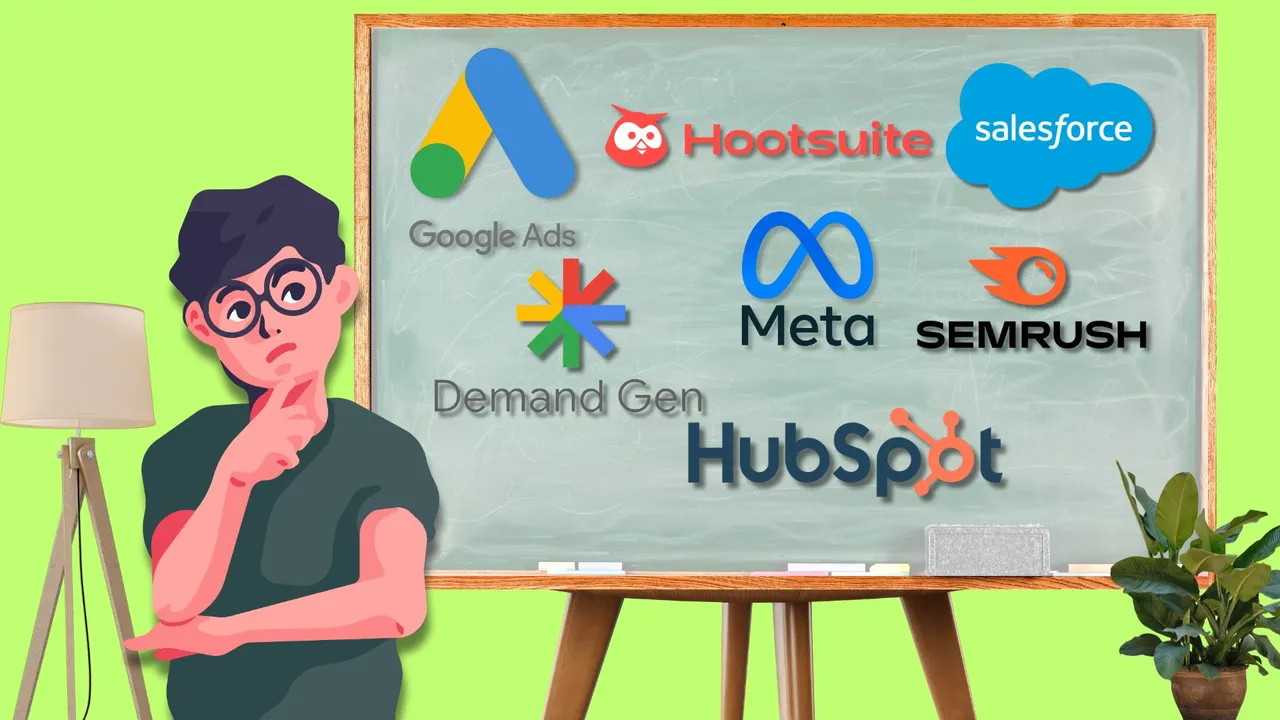Marketing technology has evolved from being a competitive advantage to an absolute necessity for brands in 2024. As digital transformation accelerates and consumer behaviour becomes increasingly complex, martech tools and platforms have become fundamental to how organisations connect with their audiences and drive business growth.
As we draw the curtains on another transformative year in marketing technology, we reached out to India’s leading martech veterans to understand the key developments that shaped the industry. From the democratisation of sophisticated tools to AI making massive breakthroughs, here are what the experts conclude were the key developments that shaped MarTech in 2024:
AI transition from optional to essential
The integration of artificial intelligence in marketing has undergone a remarkable catalysis in 2024. In previous years, AI’s role was largely limited to basic automation tasks like email scheduling, simple chatbots, and rudimentary data analysis. Many marketers remained sceptical about AI’s practical applications, understandably considering it an experiment rather than a crucial business tool.
However, 2024 marked a decisive shift in this perception. “AI’s role in marketing has grown far beyond efficiency; in 2024, it’s enabling deeper, more meaningful connections with customers,” says Jacob Joseph, VP of Data Science at CleverTap, a customer engagement and retention platform.
Jacob Joseph
Jacob Joseph, CleverTap
“Generative AI and advancements in natural language processing have made conversational marketing at scale a reality. Add to that the intent-driven marketing, where AI tools are now analysing customer behaviour with a lot of precision,” he says.
As per Joseph, there is now a greater focus on measuring Return on Experience (ROX) alongside traditional metrics.
This sentiment is echoed by Ankur Gattani, CGO of WebEngage, a customer data platform, who notes that AI has been “transforming the scale of hyper-personalisation, automating routine tasks, and creating predictive insights.”
Ankur Gattani
Ankur Gattani, WebEngage
The technology has become integral to campaign optimisation, customer segmentation, and real-time decision-making, fundamentally changing how brands connect with their audiences, he opines.
However, this transition hasn’t been without its challenges. Gattani acknowledges the significant hurdles organisations face: “unprecedented barriers that included data privacy and ethics issues, significant investment needs for data infrastructure and talent building, and lack of standardisation in AI tools leading to complex implementation in marketer practices.”
Privacy-first approaches
The marketing technology infrastructure has been steadily conforming towards privacy-centric frameworks, particularly in response to India’s Digital Personal Data Protection (DPDP) Bill, 2023.
This landmark legislation, along with global privacy regulations, has compelled organisations to reimagine their data handling practices.
“One of the most significant shifts this year has been the move towards privacy-first frameworks integrated into martech stacks,” explains Russhabh R Thakkar, founder and CEO of Frodoh, an AdTech firm.
Russhabh R Thakkar
Russhabh R Thakkar, Frodoh
“With regulations tightening, platforms have focused on building consent-driven architectures, which has redefined how brands collect, store, and utilise data. This shift has streamlined operations, reduced compliance risks, and made marketing strategies more transparent and trustworthy.”
Russhabh R Thakkar, Frodoh
Consent-driven architectures, as Thakkar refers to, represent systems where customer data collection and usage are predicated on explicit user permission, with clear documentation of consent and the ability for users to modify or withdraw their preferences at any time.
Jacob Joseph of CleverTap reinforces this perspective: “Ethical concerns around data privacy and transparency are major challenges. Customers increasingly want control over their data, and brands need to juggle personalisation with stricter privacy regulations”.
This balancing act has become crucial as organisations strive to deliver personalised experiences while respecting user privacy.
The rise of composable architecture
Composable architecture, a modular approach to building marketing technology stacks, has emerged as a transformative trend in 2024.
This architectural approach allows organisations to build their marketing technology infrastructure piece by piece, selecting and combining different components based on their specific needs, rather than being locked into a single vendor’s ecosystem.
“The shift toward composable architecture is being driven by the need for flexibility, scalability, and faster time-to-market,” explains Rajiv Dhingra, founder and CEO of ReBid.
Rajiv Dhingra
Rajiv Dhingra, ReBid
“Traditional monolithic MarTech stacks are too rigid to keep up, leading organisations to adopt a more modular approach.”
Rajiv Dhingra, ReBid
The implications for marketers have been significant. As Dhingra elaborates: “Composable architecture allows companies to build their MarTech ecosystems by combining best-of-breed solutions tailored to their specific needs”.
The benefits include increased agility in integrating new tools, cost efficiency through selective component adoption, enhanced innovation through faster experimentation, and better collaboration across teams.
As per Ankur Gattani, this allows businesses to easily add new technologies without replacing entire systems. “The benefits are clear: Quicker launches of campaigns, less dependence on IT teams, and the freedom to try new tech.”
Democratisation of MarTech tools
Historically, sophisticated marketing technology solutions were primarily accessible to large enterprises due to high implementation costs, complex infrastructure requirements, and the need for specialised talent. However, 2024 has witnessed a significant shift in this paradigm.
“In 2024, we have seen smaller brands adopting martech tools, which were traditionally reserved for larger organisations, due to increasing accessibility and cost efficiency.”
Russhabh R Thakkar, Frodoh
“There’s also been a surge in awareness around omnichannel strategies, with brands integrating tools across channels like CTV, mobile, and retail media to deliver consistent messaging and better attribution,” Thakkar adds.
This has led to the emergence of more flexible, scalable solutions that cater to businesses of all sizes.
Looking ahead: The 2025 horizon
As the industry looks toward 2025, experts predict several transformative developments that will further reshape the marketing technology landscape.
Gattani envisions that “generative AI, conversational AI, and advanced customer data platforms (CDPs)” will be the most impactful technologies.
“Generative AI will allow marketers to create compelling content at scale, while conversational AI will enhance customer engagement through more intuitive chatbots and voice assistants. CDPs will continue to drive customer-centric strategies by unifying data across touchpoints, enabling actionable insights.”
Joseph provides a more specialised perspective: “Specialised AI models and autonomous marketing agents are set to reshape marketing. Smaller, task-specific AI models will let businesses customise their use of AI for unique needs. The breakthroughs we’ve seen this year, like OpenAI’s o3, hint at what’s possible in terms of speed, intelligence, and precision”.
Dhingra emphasises the importance of privacy-enhancing technologies: “Privacy-Enhancing Technologies (PETs) like federated learning, anonymisation, and secure multi-party computation will become essential. These innovations will allow marketers to derive insights from user data while maintaining compliance, ensuring customer trust without compromising the quality of insights”.
Thakkar predicts a significant shift in content delivery and engagement: “Context-aware advertising and adaptive content delivery will gain prominence, driven by advancements in real-time data processing and edge computing. Interactive and shoppable content directly embedded into CTV and digital media will redefine engagement by merging entertainment and commerce.”
Video:
Author: Prakash kaunder











